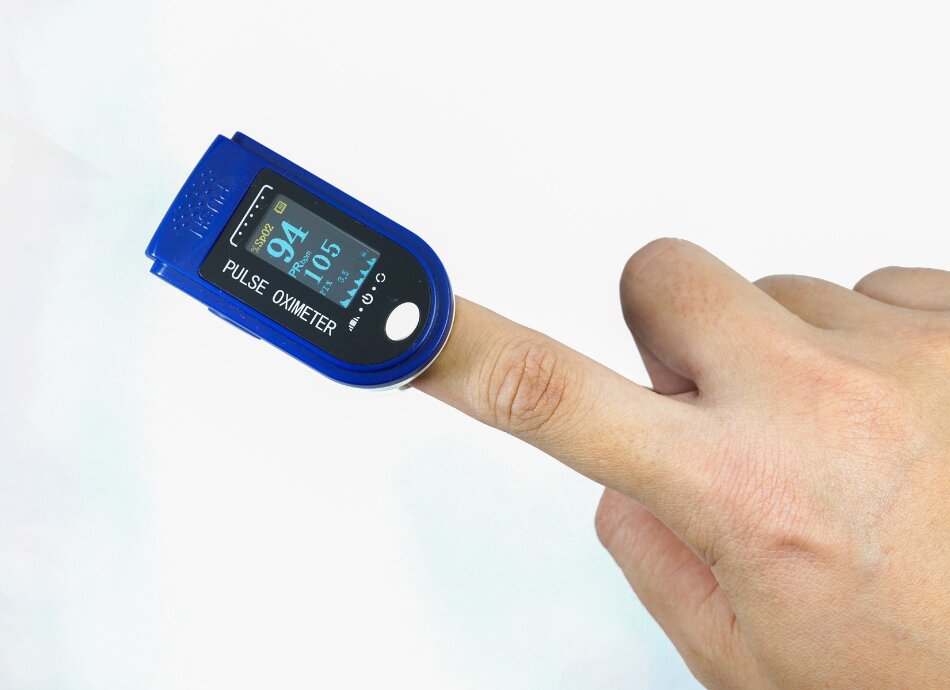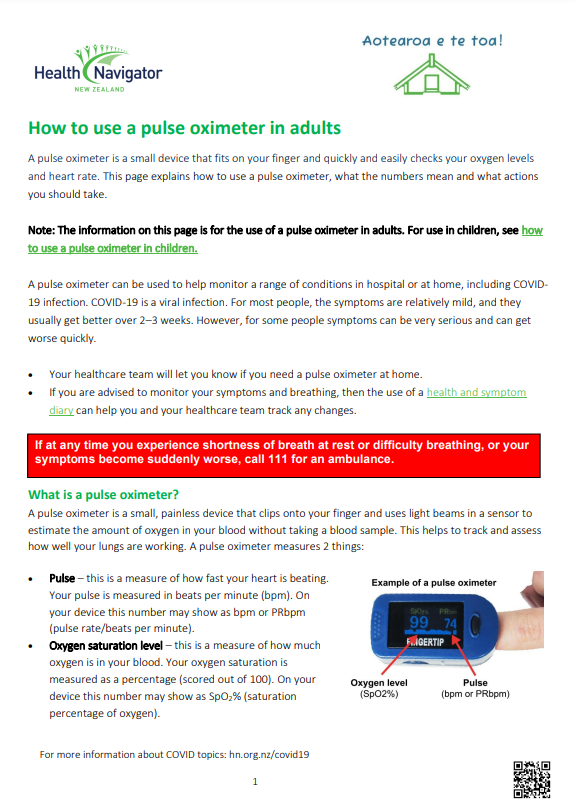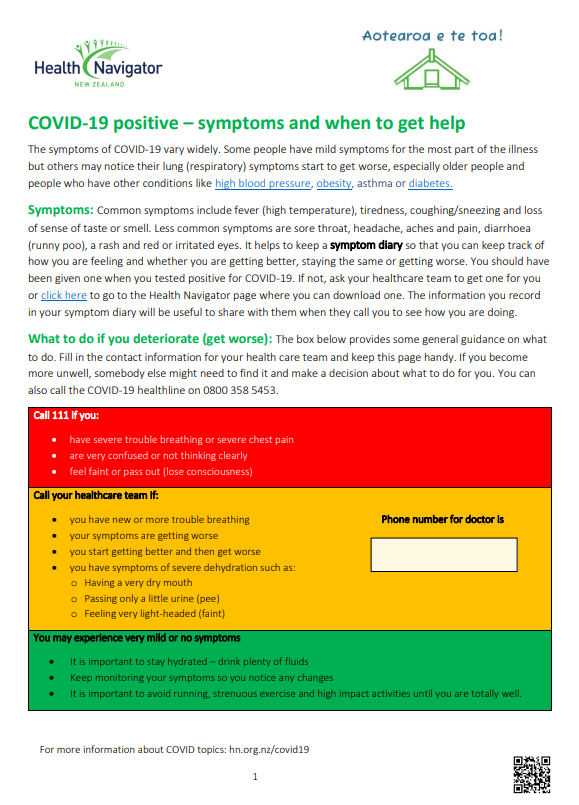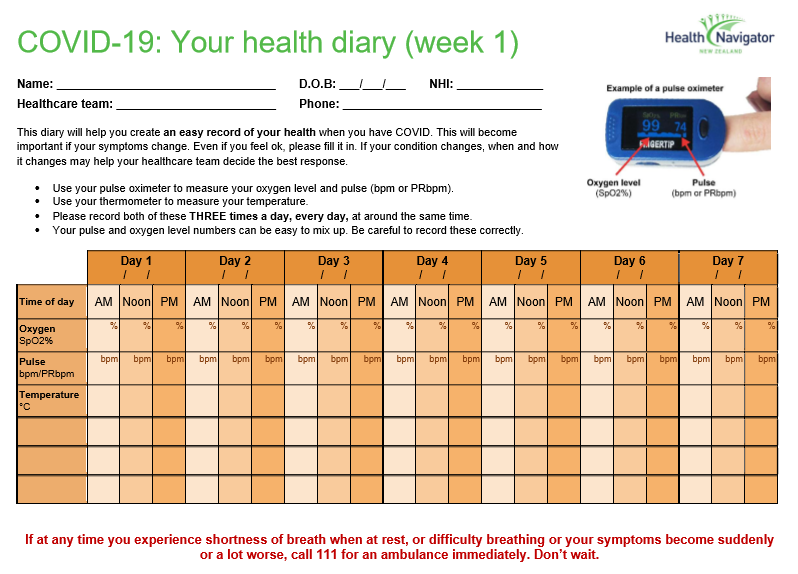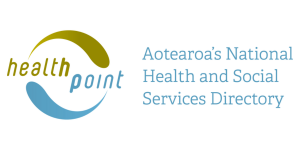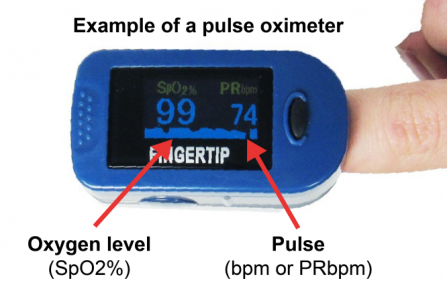
A pulse oximeter is a small, painless device that clips onto your finger and uses light beams in a sensor to estimate the amount of oxygen in your blood without taking a blood sample. This helps to track and assess how well your lungs are working.
Note: There is a different page on how to use a pulse oximeter in children.
Note: Be aware that the quality and accuracy of different pulse oximeters can vary.
A pulse oximeter measures 2 things:
- Pulse – this is a measure of how fast your heart is beating. Your pulse is measured in beats per minute (bpm). On your device this number may show as bpm or PRbpm (pulse rate/beats per minute).
- Oxygen saturation level – this is a measure of how much oxygen is in your blood. Your oxygen saturation is measured as a percentage (scored out of 100). On your device this number may show as SpO2% (saturation percentage of oxygen).


